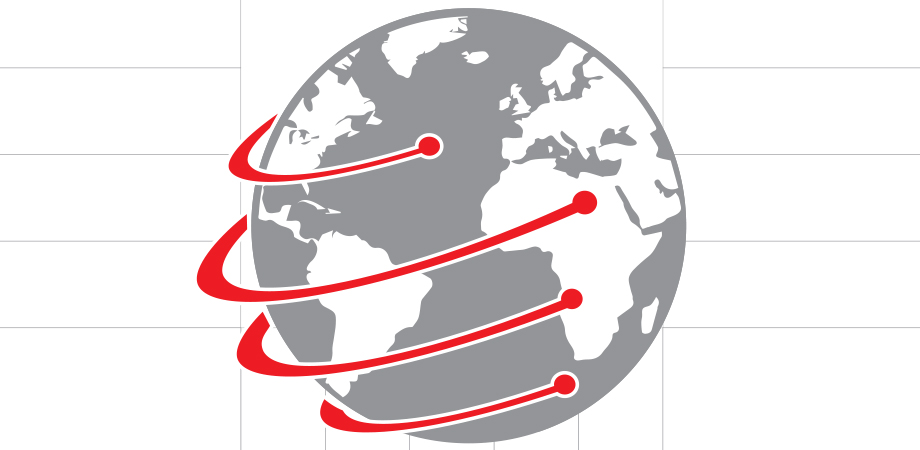Date Announced: 12 Sep 2022

Bellingham, WA , United States -- The global market for core optics and photonics components now exceeds $300 billion and looks on course to surpass $400 billion, perhaps in the next two years. That is one of the principal findings of the SPIE Optics and Photonics Industry Report 2022.
According to the biennial report, “The value of light-enabled products and services is estimated to be between $7 trillion and $10 trillion annually, which means the science and application of light represents roughly 11 percent of the world’s economy. Accelerating photonics innovation will continue to drive economic growth and increase its share of the global GDP.”
First produced in 2012, the industry report attempts to quantify the complex optics and photonics market by identifying sales of core optics and photonics components worldwide.
“These core components represent the lowest-value, yet essential, photonics parts in the value chain and include LED and laser chips, optical glass, detectors and image sensors, lenses, prisms, optical filters, gratings, and optical fibers,” explains the report, which covers the years 2020–21.
In 2020, the report finds that revenues from sales of those components reached $302 billion, up from $280 billion in 2018. That means that the market for core components has increased in value by nearly 70 percent between 2012 and 2020—a compound annual growth rate of about 6.5 percent. Most photonics components manufacturers are small- to medium-sized companies with revenues of less than $10 million.
Jobs growth
As for jobs, among 4,842 companies in 50 countries, “The industry has grown to the point that combined demand for lasers and all other photonics components in 2020 underwrote more than 1.2 million jobs worldwide,” the report says.
That growth appears to be sustainable. “The robust nature of the photonics industry was put to the test during the global pandemic, but our data shows that the industry weathered the perturbations associated with lockdowns, supply chain, and shipping issues well—it experienced continued growth in 2020, albeit at a reduced level from prior periods,” the industry report continues.
Although the annual rate of growth appears to have slowed to four percent between 2018 and 2020, the SPIE report suggests that a much more rapid expansion may now be underway.
“Looking ahead, SPIE forecasts global photonics component revenues for 2022 will end up reaching between $309 billion and $325 billion,” the report says, which is equivalent to a compound annual growth rate of 12 percent as the industry recovered from the initial impact of the covid-19 pandemic and then benefited from investment in optical communications networks to support trends such as remote working.
Geographically speaking, the growth in revenues seen between 2018 and 2020 can be attributed almost entirely to companies headquartered in China and the Republic of Korea. Over the same period, sales attributed to US and German firms were flat, while those based in Japan, which account for the largest share of the market, declined slightly.
Japan’s 2020 total revenue of $106 billion is equivalent to 35 percent of the global market for core optics and photonics components, and reflects contributions from more than 800 companies, including major conglomerates like Hitachi, Fujitsu, Panasonic, and NEC alongside more obviously photonics-focused firms such as Hamamatsu and Nichia.
“Japan is still on top, but photonics revenue growth year-over-year has flattened,” the SPIE report finds. “China has seen significant growth over the last decade, with a compound annual growth rate of almost 23 percent for the 2012 to 2020 period.”
$400 billion market
If SPIE’s 2022 forecast proves accurate, it would mean that the market for core optics and photonics components is likely to exceed $400 billion in either 2023 or 2024. However, that total is eclipsed by the economic impact of what SPIE terms “enabled markets”—the various vertical markets for systems and products that rely on optics and photonics components in some way.
For 2021, the latest year to be reviewed, enabled markets were valued at $2.12 trillion, with the consumer goods and defense sectors together accounting for more than half of that total.
Other key photonics technologies of the enabled markets include medicine, displays, photovoltaics, lighting, sensing, communications, and semiconductor production, which together are estimated to employ more than 4 million people worldwide.
In comparison, core photonics production now provides 1.2 million jobs globally. China employs the largest number of people in the industry.
SPIE News and optics.org contributed to this summary of the 2022 SPIE Optics and Photonics Industry Report. The Industry Report 2022 is available at: spie.org/industry-resources
E-mail: customerservice@spie.org
Web Site: spie.org
| © 2025 SPIE Europe |
|